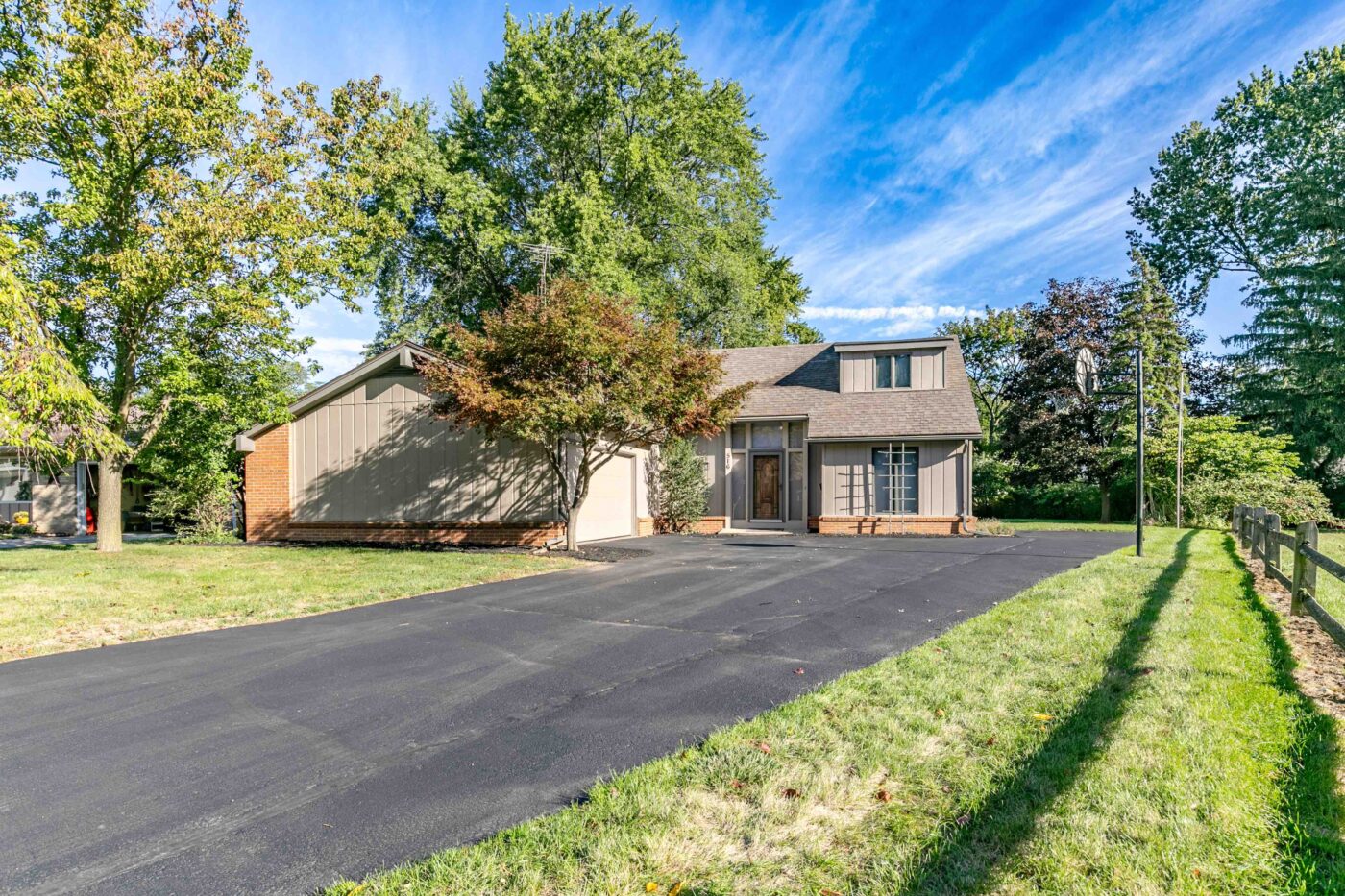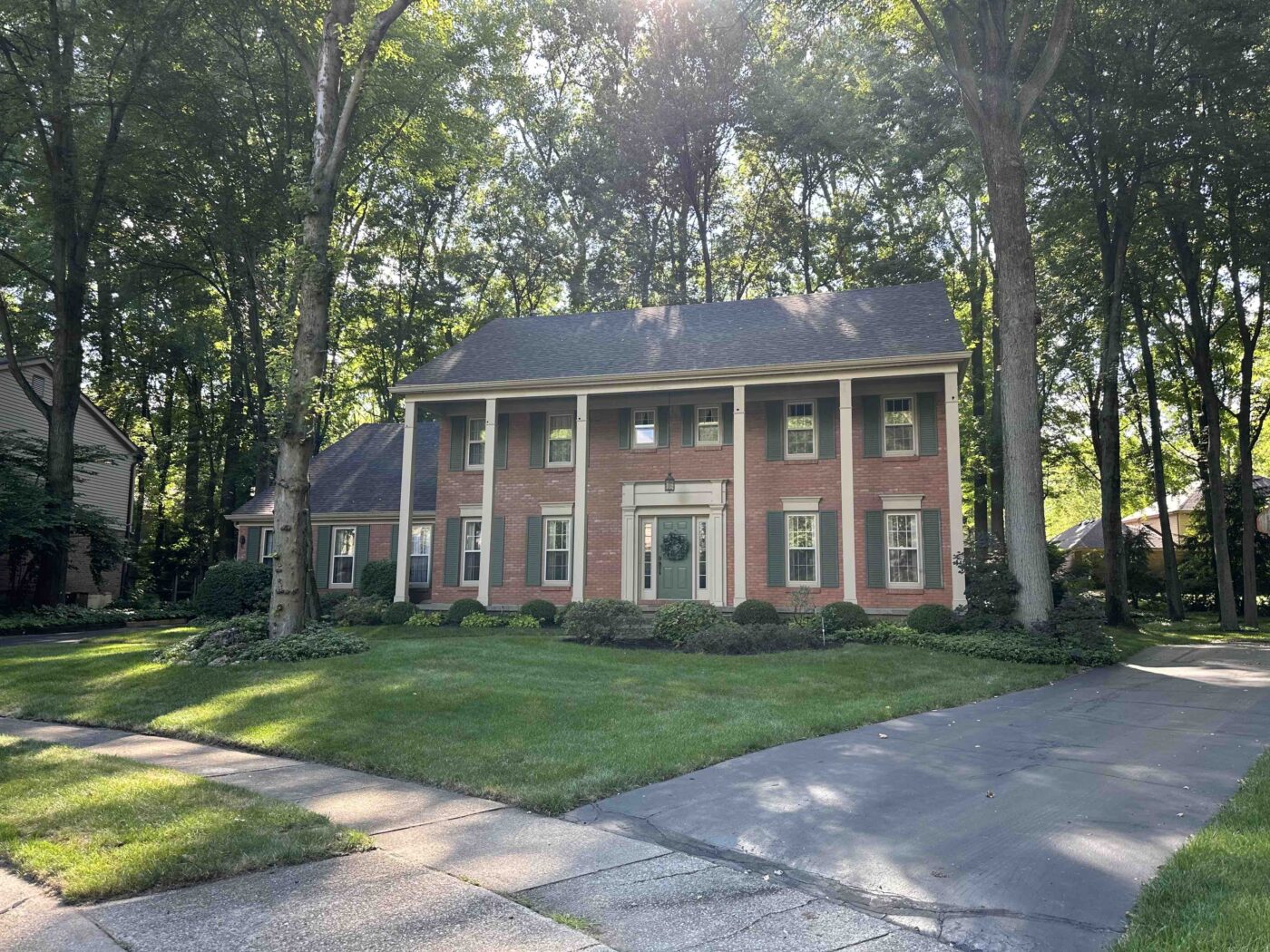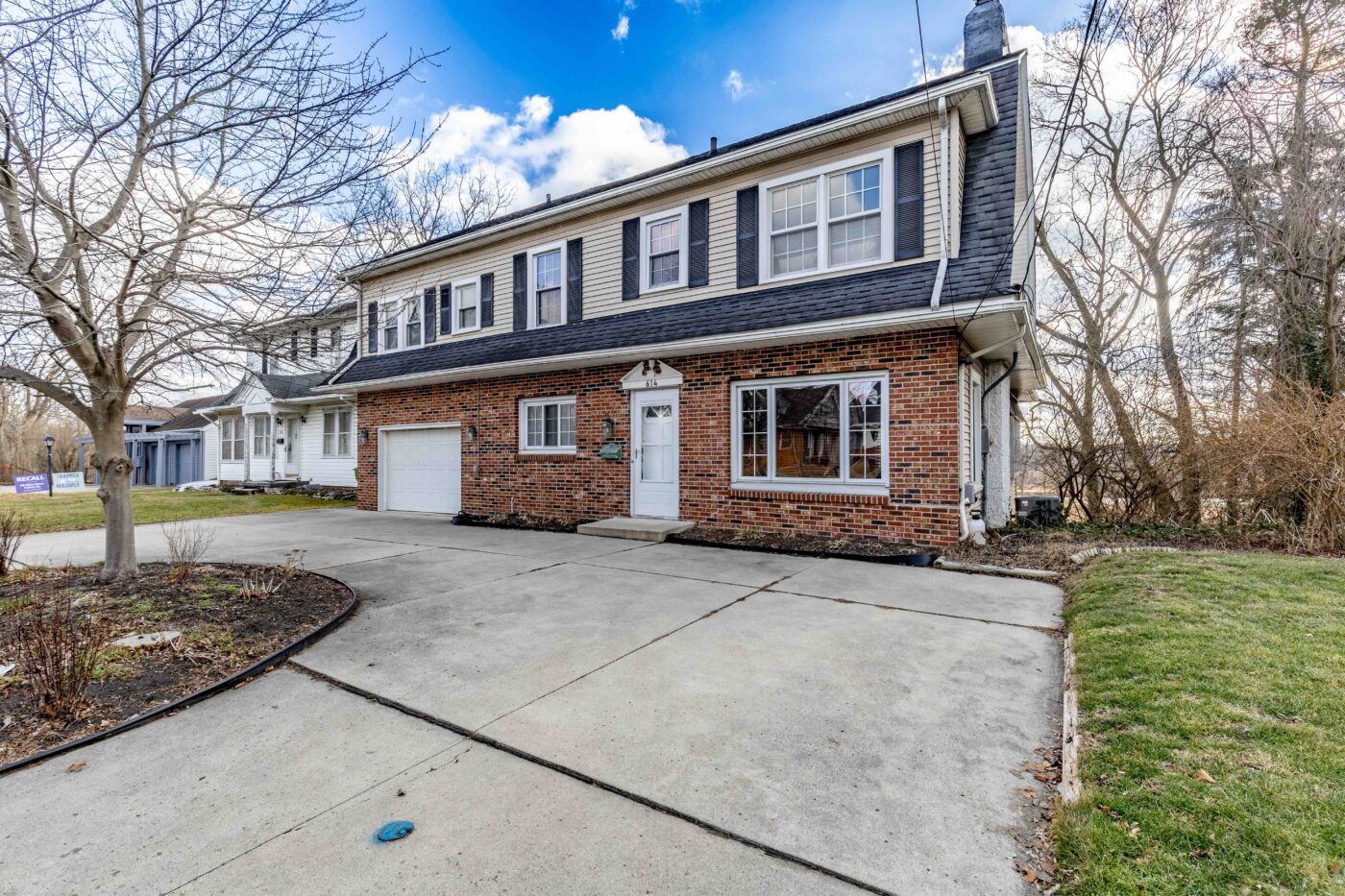Here’s the skinny…. Tax Credit Extended for First Time & Repeat Home Buyers
Home sellers and potential buyers nationwide welcomed the recent news that Congress had decided to extend and greatly expand the Home Buyer’s tax credit in an attempt to further stimulate the economy. Not only does the new legislation extend the existing first time buyer’s credit until mid-next year, but it also creates a tax credit for qualified repeat buyers. The change in legislation will relieve home buyers scrambling to meet the original deadline and may encourage a wider range of buyers to consider purchasing a residence.
What Has Changed with the New Law?
Deadline: Whereas the original tax credit was set to expire on December 1st, buyers now have additional time to find their dream home! Buyers must have a contract to purchase a residence in place before May 1 2010, and the deal must close before July 1, 2010 in order to take advantage of the tax credits. At this stage, no additional extensions are anticipated.
Sale Price Limit : A ceiling has now been set for the sales price of homes eligible for the tax credit. For purchases made after Nov. 6, the tax credit is only available for any homes costing less than $800,000.
$6,500 Credit for Repeat Buyers : Homeowners considering a new home purchase may now be eligible for their own tax credit. Taxpayers who have lived in the same residence for five consecutive years out of the past eight can now qualify for a tax credit of as much as 10% of the purchase price of a new principal residence (up to a maximum $6,500). The new residence need not be a single-family home, and there is no requirement that the new residence must cost more than the previous residence. Note: the credit for repeat buyers does not apply to homes purchased prior to November 6th of this year.
More Accommodating Income Requirements: The tax credit was designed to phase out based on income levels, meaning the amount of the tax credit decreases as the filer’s income approaches the maximum limit. Under the previous format, income restrictions called for the tax credit to begin to phasing out for individuals making $75,000 annually, (modified adjusted gross income*), with no credit available to individuals making $95,000 or more. For married couples filing jointly, this “phasing out” range was $150,000 – $170,000 under the previous law. The income limits set within the new law are far more liberal. For single filers, the credits now begin phasing out at $125,000 up to $145,000 of modified adjusted gross income. For married couples filing jointly, the range begins at $225,000 and ends at $245,000.
The existing phase-out ranges of $75,000 to $95,000 or $150,000 to $170,000 for joint filers still apply to purchases on or before Nov. 6, 2009.
(*For most people, modified adjusted gross income will be the same as adjusted gross income.)
Anti-Abuse Measures : The new law contains anti-abuse measures designed to address and prevent fraudulent applications for the home-buyer tax credit. Persons who are under the age of 18 or who are claimed as dependants by other taxpayers will not be qualified for the tax credit program. Taxpayers taking the credit will also have to furnish proof of purchase. After filling out IRS Form 5405 to determine their tax credit amount, buyers must attach a copy of their HUD-1 settlement form (i.e. closing statement) as proof of the completed home purchase.
Additional Limitations on Buyer-Seller Relationship: Under the previous law, buyers were not eligible for the tax credit when purchasing a home from a lineal ancestor or descendent. The new law applying to purchases made after Nov. 6 also prohibits buyers from taking the credit if the home is purchased from a spouse or the spouse’s lineal relatives.
What Aspects of the Original Credit Remain?
Up to $8,000 Credit for New Buyers: First-time home buyers remain eligible for a credit of as much as 10% of the purchase price of a new principal residence, up to a maximum $8,000. “First-time” is still defined as buyers who haven’t owned a principal residence for a three year period prior to the home purchase (including both partners of a married couple).
Three Year “Principle Residence” Window: Neither the New Home Buyer Credit nor the Repeat Home Buyer Credit needs to be repaid provided that the buyer(s) reside in the home for a period of three years following the purchase If within 36 months of the date of purchase the property is no longer used as the taxpayer’s principal residence, the taxpayer is required to repay the credit. Repayment of the full amount of the credit is must be included with the income tax return for the year in which the home ceased to be the taxpayer’s principal residence. The full amount of the credit is reflected as additional tax on that year’s tax return.
Tax Credit Not Deduction: The credits offer a refundable dollar-for-dollar reduction in what the taxpayer owes. For example, a taxpayer who owes $10,000 and qualifies for the full $8,000 tax credit would only owe the IRS $2,000. This offers a greater savings than a tax deduction.
The term “refundable” means that either of the home buyer credits can be claimed even if the taxpayer has little to no federal income tax liability to offset. If the qualifying credit exceeds the taxpayer’s liability, the government would refund the excess portion of the tax credit. For example, if you qualify for an $8,000 credit but only owe $5,000 in tax, you could receive a $3,000 check from the Internal Revenue Service.
Tax Return Filing Options: 2009 home buyers may claim the credit on either their 2008 or 2009 returns, while 2010 buyers can claim the credit on either their 2009 or 2010 returns.
(This information provided courtesy of Marygrace Liparoto of RE/MAX Platinum in Ann Arbor Michigan.)
Thank YOU!
Browse Listings
Recently Sold

SOLD ABOVE LIST PRICE! ! – 3505 Woodley Road, Toledo, OH 43606

SOLD! 7732 Spring Haven Drive, Holland OH 43528

SOLD! 7372 Twin Lakes, Perrysburg, OH 43551

SOLD OVER $25K ABOVE LIST PRICE! ! 2504 Centennial Road, Toledo OH 43617

SOLD $20K ABOVE LIST PRICE! 3544 Cedardale Court, Toledo OH 43623

SOLD ABOVE LIST PRICE! 3509 Douglas Road, Toledo, OH 43606

SOLD ABOVE LIST PRICE! 2302 N. Watercrest Drive, Toledo, OH 43614

SOLD $25K ABOVE LIST PRICE! 1793 Valley Way Drive, Toledo OH 43614

SOLD! $15K ABOVE LIST PRICE – 516 Highland Drive, Rossford, OH 43460








